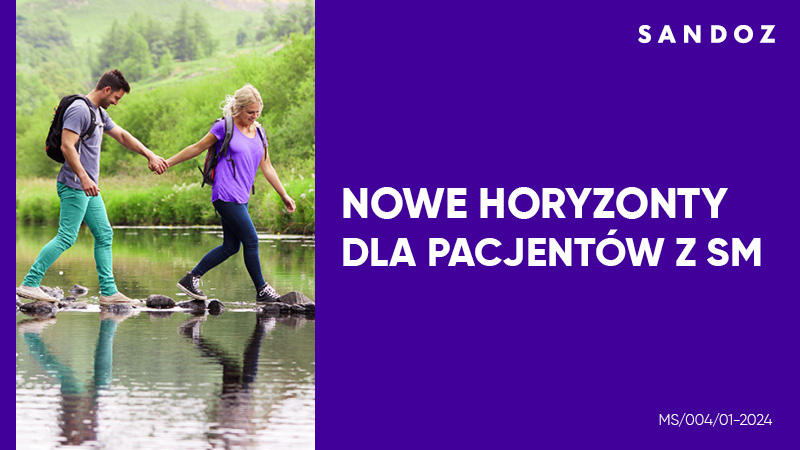Intracranial haemorrhage in the course of ischaemic stroke in patients receiving IV thrombolytic therapy – a study of 141 patients from Gliwice and its vicinity. An attempt to determine risk factors based on authors’ own experience
Witold Opiełka1, Tomasz Garstka2
 Affiliation and address for correspondence
Affiliation and address for correspondenceIntroduction: Systemic thrombolytic therapy using recombinant tissue plasminogen activator is a recognised method for the causative treatment of acute ischaemic stroke. The aim of this study was to determine the safety of thrombolytic treatment, the incidence of the most dangerous complication – intracranial haemorrhage and to assess its influence on the final therapeutic outcome. An additional aim was to identify risk factors. Material and methods: A total of 141 patients treated from January 2013 to June 2015 at the Stroke Unit were included in the analysis. The patients were assessed in terms of neurological deficit according to the National Institutes of Health Stroke Scale, their functional status using the modified Rankin Scale and Brunnstrom motor ability scale. A multivariate analysis of different risk factors for intracranial haemorrhage was performed. Results: Symptomatic intracranial haemorrhage occurred in 3.5% of cases, asymptomatic haemorrhage was reported in 7.1% of cases. A statistically significant difference was found in mortality rate (p = 0.0043) between the thrombolytic subgroup (5%) and the group not receiving causative therapy (13%). The neurological status in the subgroup with symptomatic intracranial haemorrhage deteriorated in the 2nd hour of treatment, then it remained stable and reached a high value of the National Institutes of Health Stroke Scale median – 23; it differed significantly compared to other patients (p = 0.009 in the 2nd hour; p = 0.001 on day 7). The functional status of patients with symptomatic intracranial haemorrhage did not improve; it was assessed at baseline and at the end of treatment and remained at the same level (modified Rankin Scale – median = 5 and 5). There was a significant increase in mobility, presenting as a 2 point drop in the median, in other patients. Conclusions: Thrombolytic treatment is a relatively safe procedure. Mortality during hospital treatment in the group treated using recombinant tissue plasminogen activator was significantly lower compared to patients not treated with systematic thrombolysis. The final therapeutic outcome in patients with symptomatic intracranial haemorrhage is significantly inferior compared to other patients.







